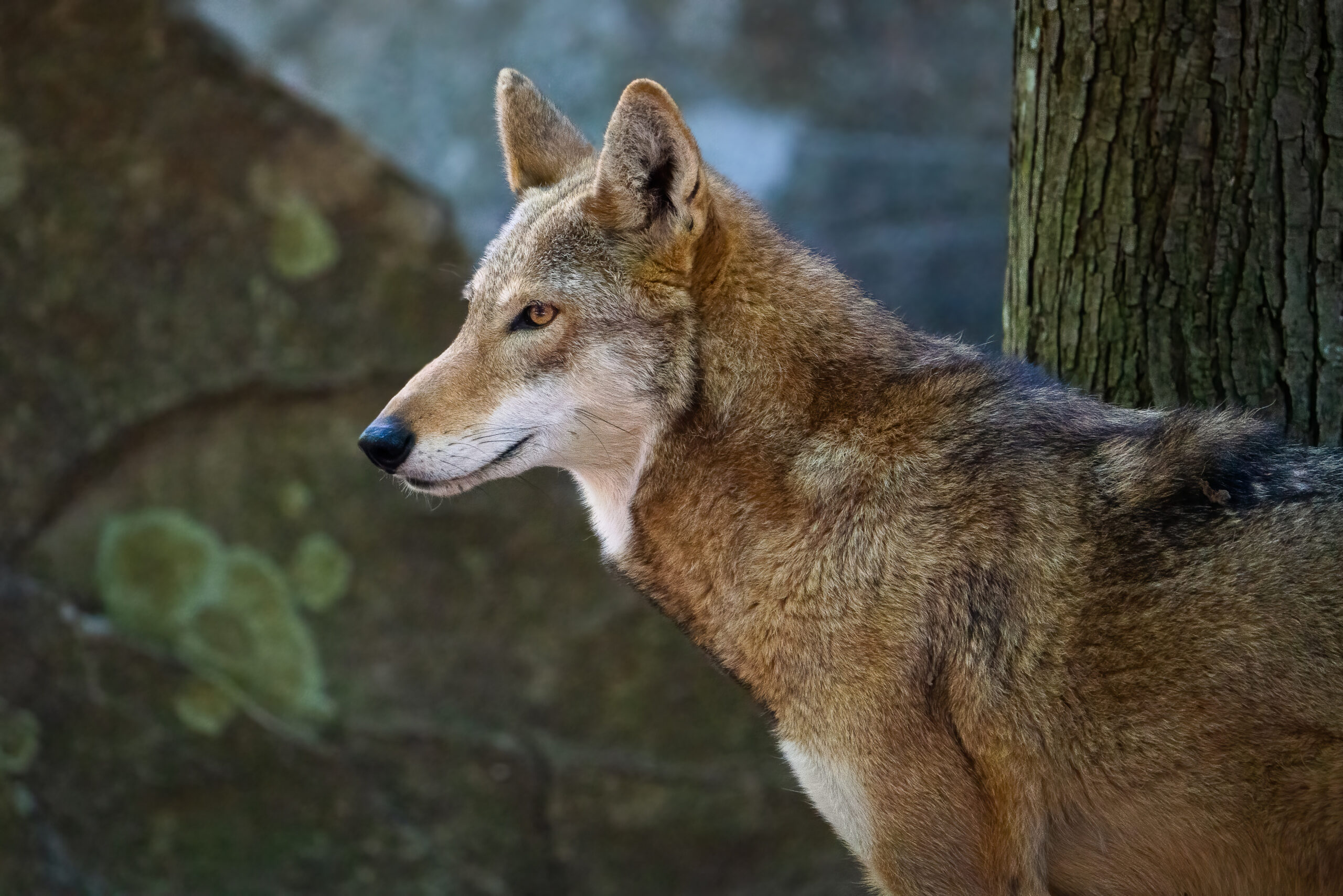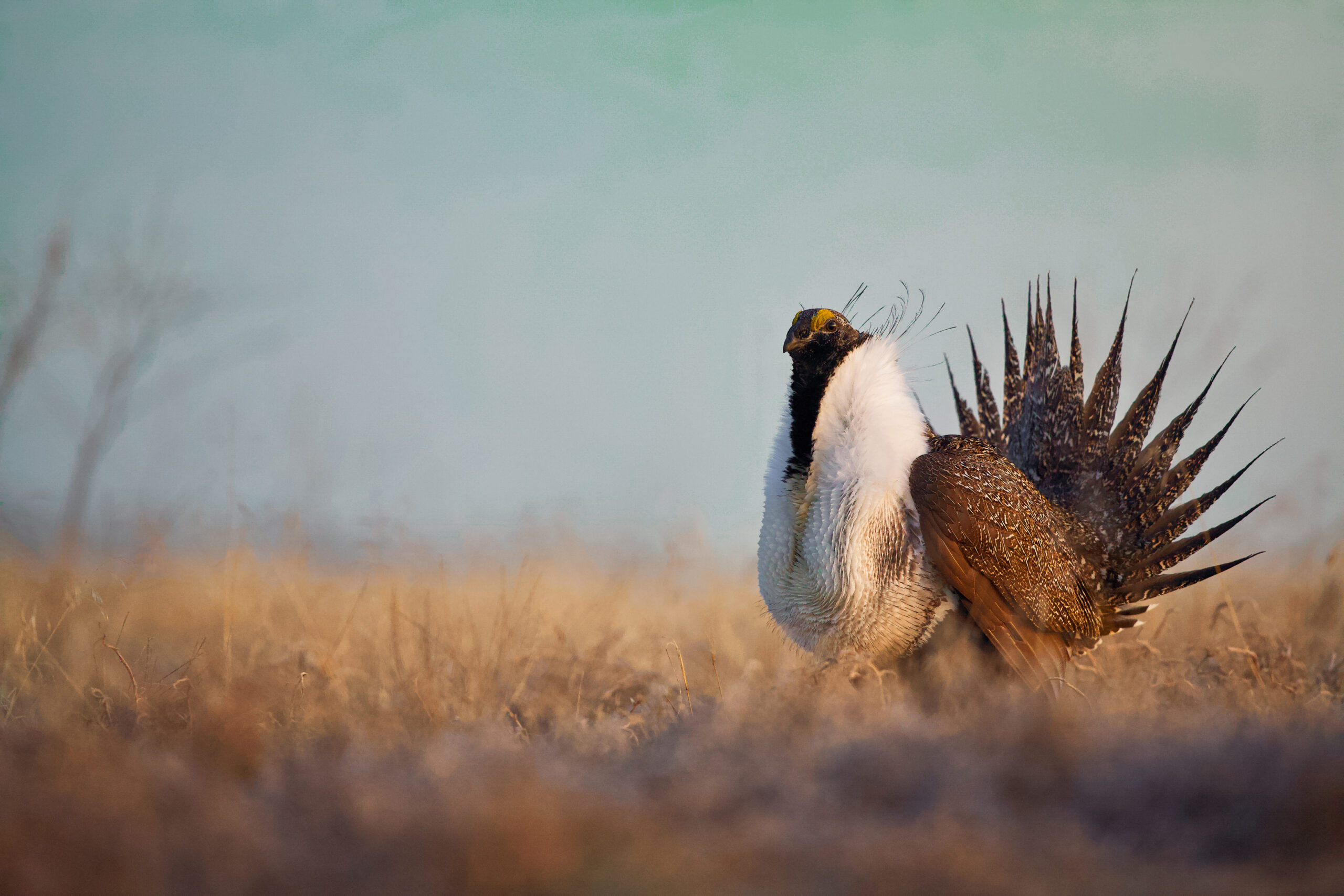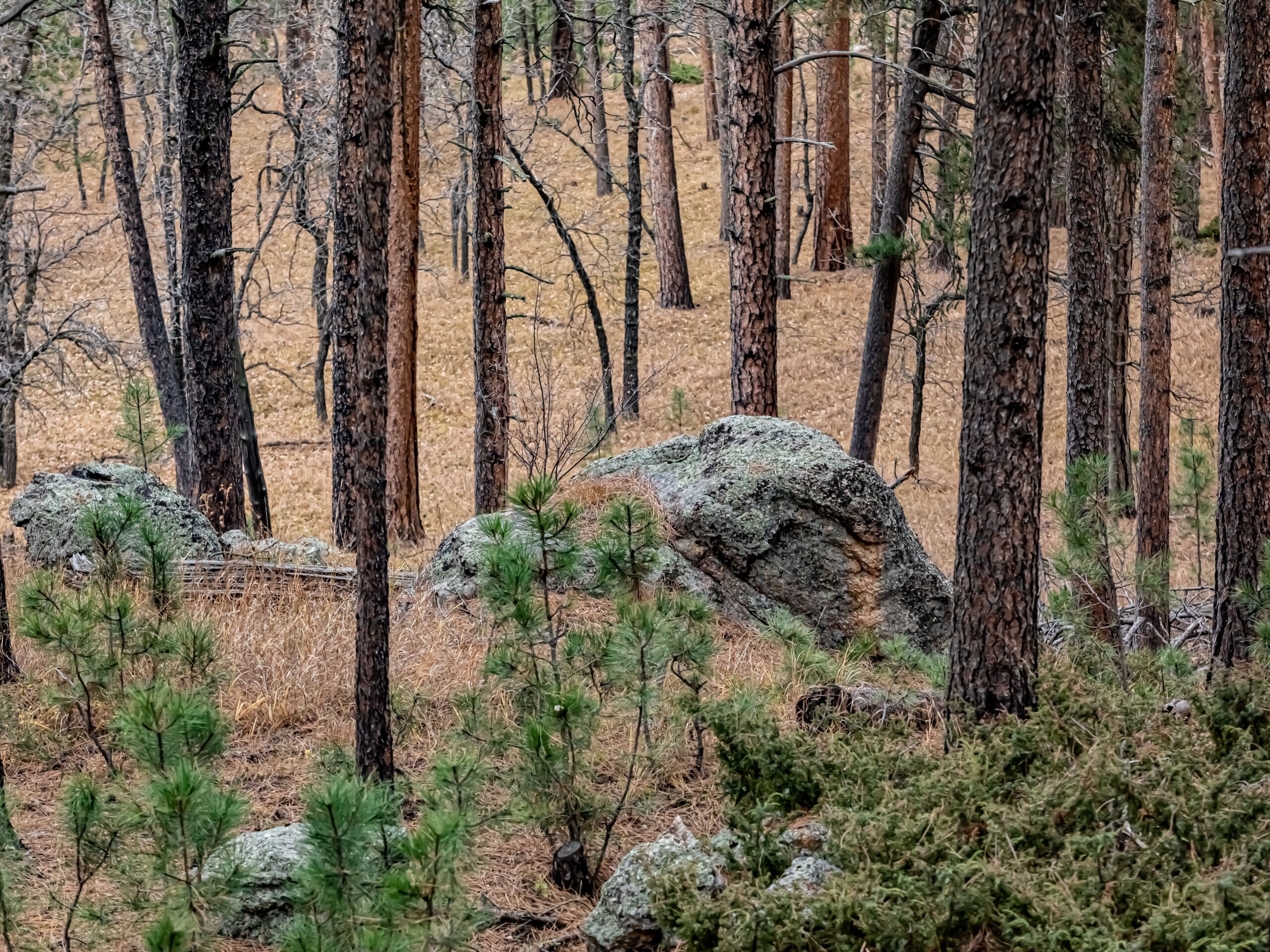Buried one foot underground, a piece of forgotten history surfaced. Old barbed wire and rubber tires, left behind decades ago, were uncovered by the Durgan family as they began preparing their land for something new. It felt fitting. What they found buried in the dirt marked the end of an old chapter and the beginning of a new one.
Jim, DeeAnn, and their son Lance Durgan live and work on their family ranch in Paradise Valley, Montana. For nearly a century, they have raised cattle on this land, passing down not just the business of ranching but the responsibility of caring for it.
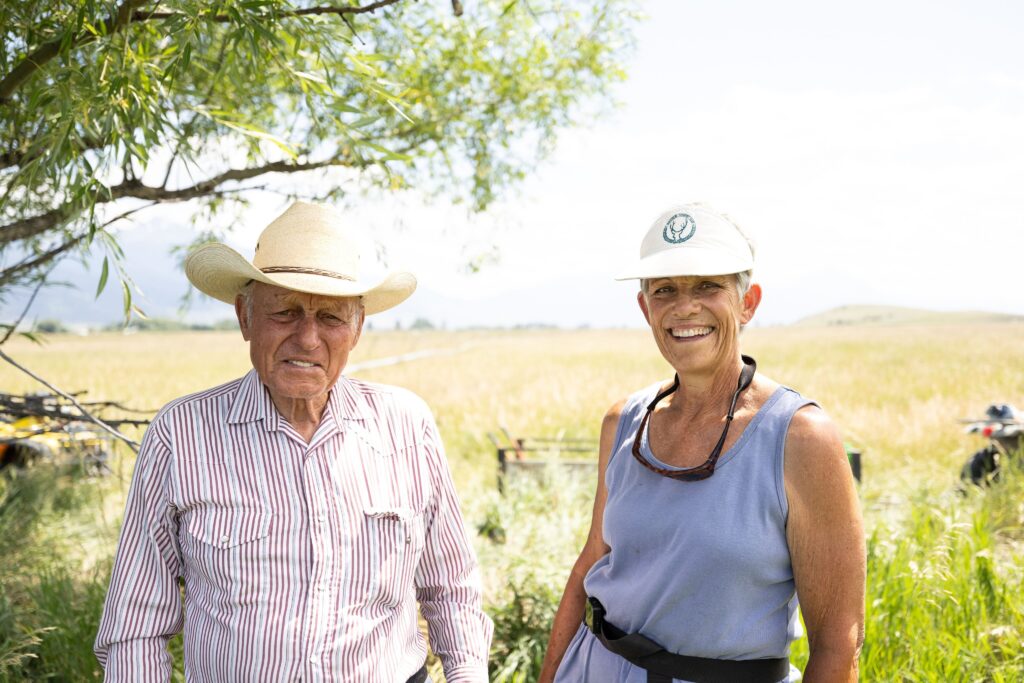
The Cost of Living in Paradise
Paradise Valley, with its open plains, mountain views, and proximity to Yellowstone National Park, is one of the most stunning places to ranch. But sharing space with the wild comes at a cost.
This land isn’t just home to ranchers. It’s part of a much larger, living system that supports migrating elk, roaming grizzlies, and countless other species that move in and out of Yellowstone. These animals don’t recognize property lines. They follow ancient paths that now cut through private ranches like the Durgans’.
For generations, families here have welcomed wildlife. They’ve made room. But sharing space comes with a cost. Fences get knocked down. Forage meant for cattle disappears. And each year, the bill grows a little bigger.
Most ranchers in the valley are operating on thin margins. That makes it tough to absorb the extra costs of living with wildlife. It also makes it tempting to sell.
Developers are eager to carve up the valley. They offer millions for open land. And when a ranch is sold and subdivided, it’s not just a family legacy that disappears. It’s habitat. It’s a migration route. It’s one more piece of a bigger puzzle lost.
The Paradise Valley Fence Fund
Ranchers like the Durgans are helping to keep Paradise Valley open and wild, but doing so isn’t easy. Maintaining large, open landscapes benefits migrating wildlife far more than the fragmented habitat left behind by development. But that open space comes at a cost.
That’s why PERC created the Paradise Valley Fence Fund to help offset the financial burden ranchers face when they choose to share their land with wildlife. By offering support, PERC hopes to ease that pressure, cover part of the costs that come with providing habitat, and help keep these working lands intact for generations to come.
One of the most overlooked, yet critical, challenges of sharing land with wildlife is fencing. For ranchers, fences are essential for keeping cattle safe and operations running smoothly. But for migrating animals, they can become barriers.
The type of fence on the landscape can determine whether wildlife can pass through safely or whether they’re forced to detour, break through, or turn back. That tension between what works for ranchers and what works for wildlife is exactly what the Fence Fund is designed to address.
For years, the Durgans used traditional fencing—barbed wire stretched between wooden posts—to keep their cattle from wandering. These fences got the job done, but they were difficult for wildlife to navigate.
Many animals struggle to get past these traditional fences. They’re often too high to jump over and too low to crawl under, leaving wildlife with few options. Some are forced to find longer, less natural routes, while others push through. Damaging the fence and disrupting migration paths along the way.
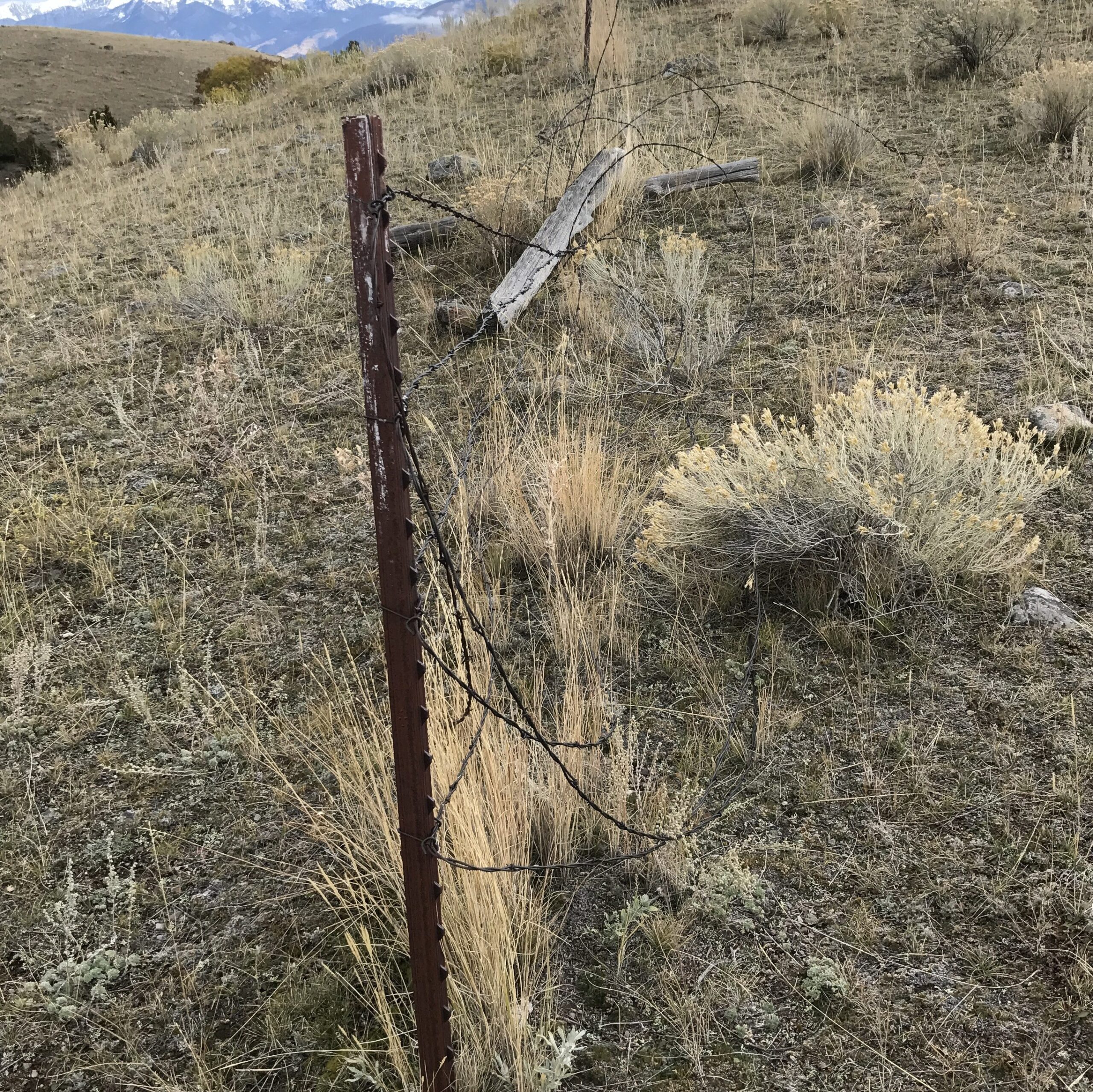
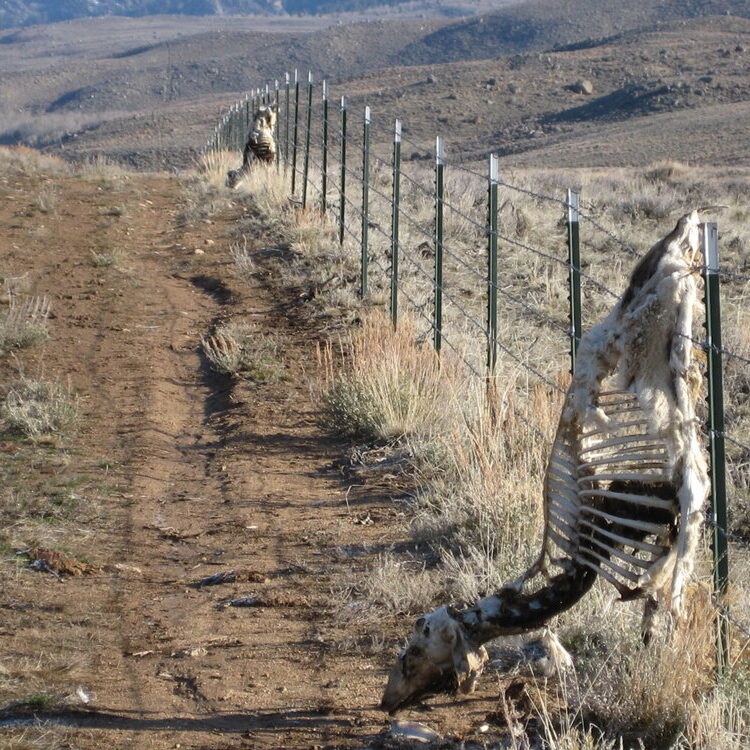
That’s where PERC’s PERC Conservation Innovation Lab stepped in.
Through the Paradise Valley Fence Fund, PERC is helping ranchers like the Durgans replace traditional fencing with wildlife-friendly designs.
This privately funded program offers cost-sharing support for new fencing projects, repairs caused by wildlife damage, and conversions to designs that better support migration.
Boots On The Ground
Earlier this month, the Durgans teamed up with PERC and volunteers from the National Parks Conservation Association to begin the transformation.
After a quick tutorial, volunteers geared up with gloves and fence tools and got to work. By the end of the day, they had removed nearly two miles of old barbed wire and worn-out posts. There is still more to do, but the day marked a significant milestone.
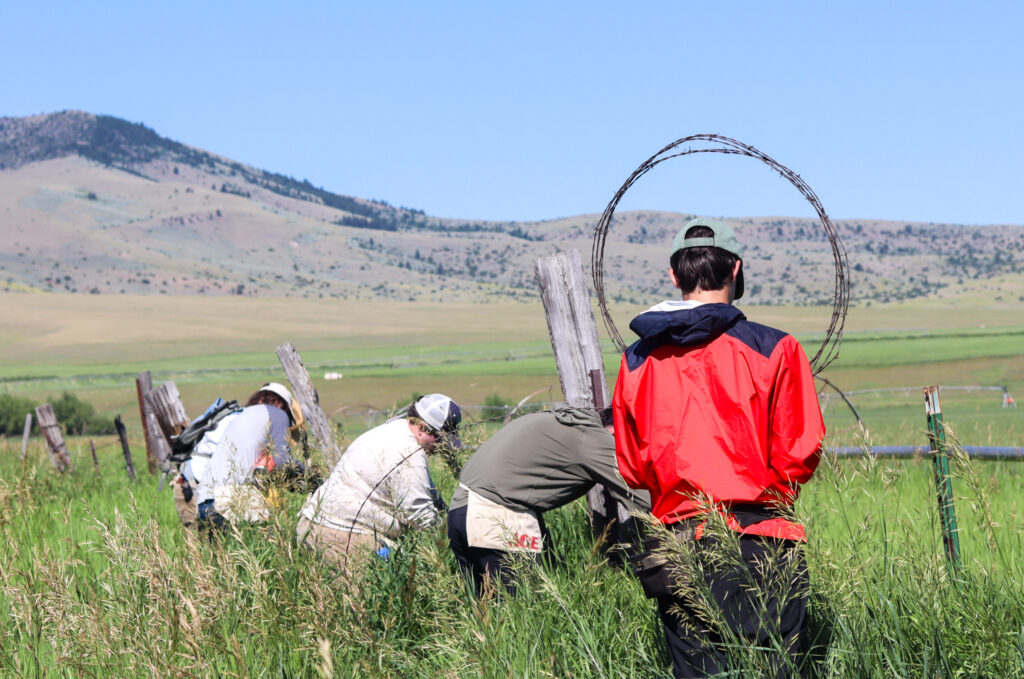
For the Durgans, this project is about more than replacing fencing. It is about honoring their family’s long connection to the land while looking ahead to the future. By making space for elk and other wildlife to pass safely through their property, they are ensuring that this landscape continues to support both people and animals.
By sharing the cost of living with wildlife, programs like the Fence Fund help protect open space, support migration, and keep family ranches intact.
It’s About Legacy
As PERC’s CEO Brian Yablonski says, “This work is about more than fences. It is about protecting a legacy where elk herds still roam freely and Montana’s wild heart continues to thrive on the open range.”
For Paradise Valley, and for families like the Durgans, this is just the beginning of something lasting.

